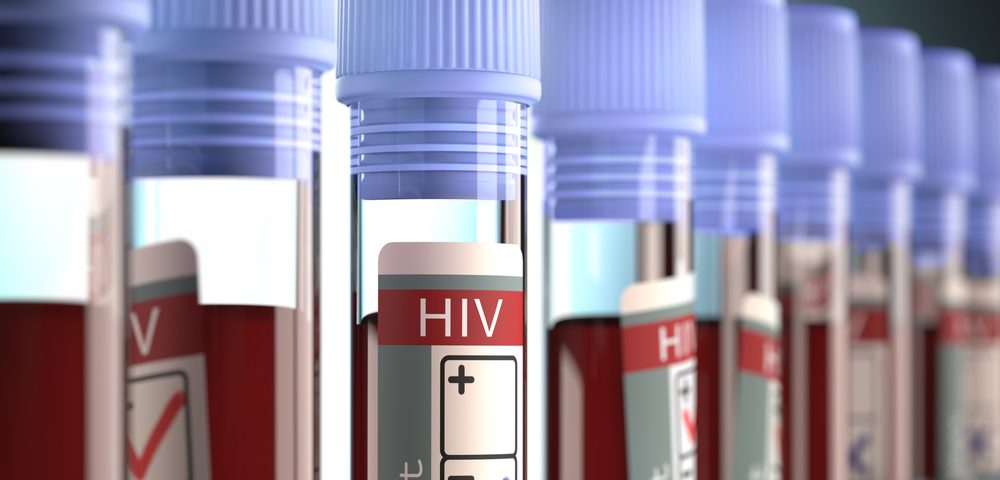Chemotherapy has been shown to prolong the survival of patients with HIV-associated lymphomas, but new data has revealed that not all patients are equally likely to receive chemotherapy. According to researchers at the Alpert Medical School of Brown University, patients who are older, black, or who don’t have private insurance are less likely to receive chemotherapy for HIV-related lymphoma.
Their study, “Human immunodeficiency virus-associated lymphomas in the antiretroviral therapy era: Analysis of the National Cancer Data Base,” was published in the journal Cancer.
Non-Hodgkin’s lymphoma (NHL) is one of the most serious complications of HIV infection because of its aggressive course. Although intensive chemotherapy has been shown to improve disease prognosis, recent data suggests that there are community disparities in access to cancer treatment.
Dr. Adam J. Olszewski, MD, assistant professor at the Alpert Medical School of Brown University, and his colleagues analyzed 10,769 HIV patients with non-Hodgkin’s lymphoma, including diffuse large B-cell lymphoma (DLBCL), Burkitt lymphoma, and primary central nervous system lymphoma (PCNSL), to compare their demographics, chemotherapy use, and survival trends. Among them, 33.2 percent were black and 38.6 percent were privately insured.
The researchers found that during the study period, the incidence of HIV-related NHL decreased from 1,329 to 896 diagnoses per year. But this was mainly seen in white individuals, whose diagnoses decreased by more than 50 percent. Hispanic and black individuals, however, had a decrease of 17 percent and 7 percent, respectively.
Chemotherapy significantly increased the overall survival of patients with HIV-associated DLBCL, Burkitt lymphoma, and primary central nervous system lymphoma — but not primary effusion lymphoma.
Because only 74 percent of HIV-positive patients received chemotherapy, the investigators assessed the factors associated with not getting chemotherapy in patients with Burkitt lymphoma and DLBCL, the two NHL subtypes that require immediate systemic treatment.
Patients who were treated at academic hospitals or hospitals that reported three or more cases of HIV-associated lymphoma per year were more likely to receive treatment.
However, black patients were 41 percent more likely to not receive chemotherapy, which highlights not only racial disparities but also that HIV incidence is increasing in African-American men.
The likelihood of not receiving chemotherapy also increased with age. In fact, patients aged 60 to 74 were 63 percent less likely to receive treatment, whereas patients ages 75 or older had a 2.27-fold increase in the risk of not receiving treatment. HIV patients who were uninsured had more than twice the risk of not being treated for NHL.
“Of course, the inequities of healthcare associated with race and socioeconomic status are complex. Investment in local public health departments, with more concerted HIV prevention stategies, may help to hinder these described trends in the future,” Dr. Clifford J. Gunthel, MD, associate professor of medicine, and Dr. Mary Jo Lechowicz, MD, vice chair for education in the hematology and oncology department, both of Winship Cancer Institute at Emory University, wrote in an accompanying editorial.


